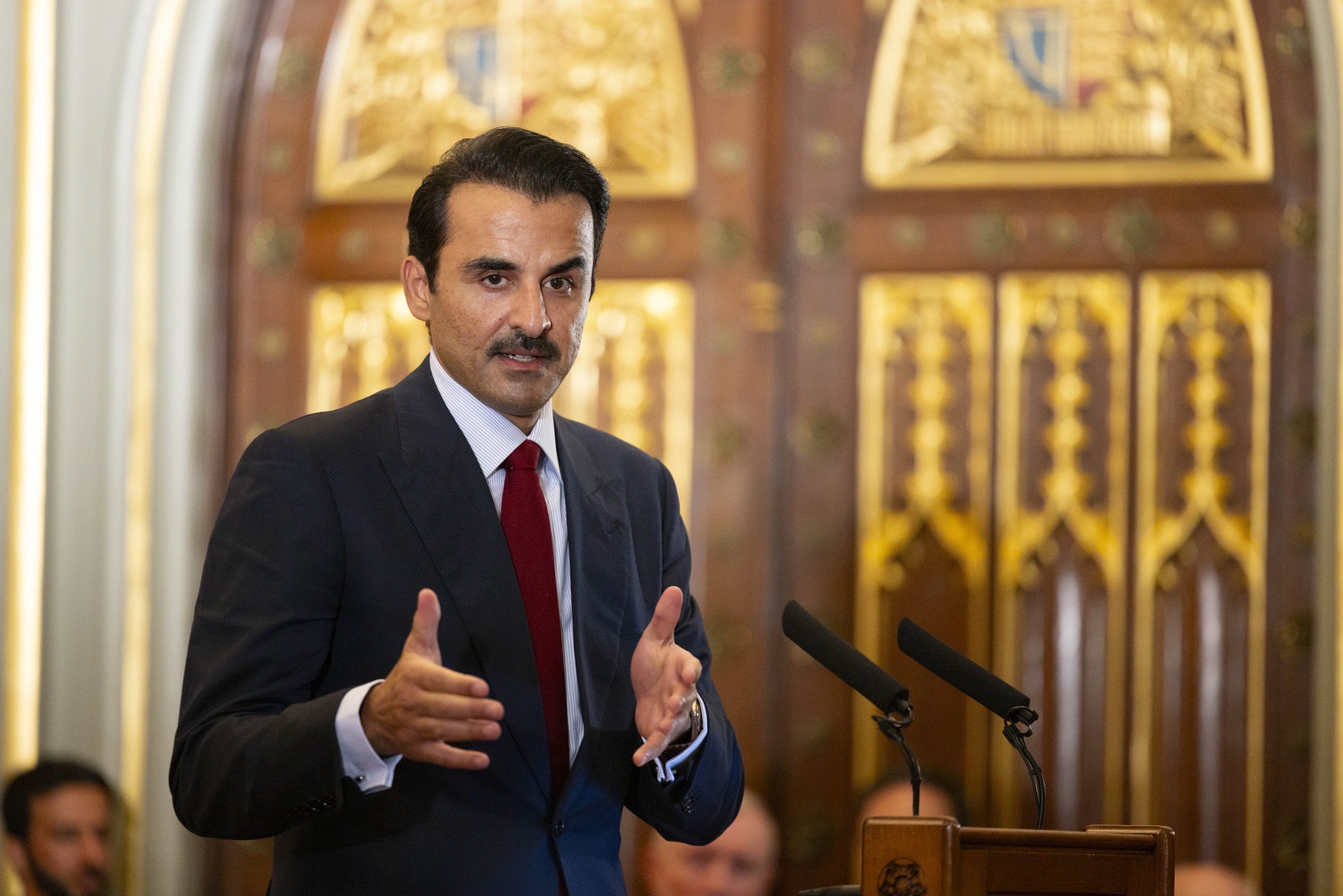
The average expat household in Qatar is spending more than a third of its annual income on rent, suggesting that the city’s housing market is becoming unaffordable for many residents, according to a new study.
“Affordability” is a relative concept. However, benchmarks set by housing authorities in the US, UK and Australia generally suggest that households spending more than 25 to 30 percent of their annual income on accommodation may have difficulty affording other necessities such as food, clothing and transportation.
By those guidelines, many tenants in Qatar are being financially squeezed.
According to international real estate services firm Colliers International, the average expat household in Qatar spends 34 percent of its income on housing.
The study on the country’s residential market is based on figures collected by the Qatar government and excluded low-income blue-collar workers, who generally live in company-supplied labor accommodations.

The primary factor, Colliers said, is that developers are not building enough low and mid-cost housing to keep up with Qatar’s rapidly expanding population.
“There is little or no vacancies in the residential market. Growth in housing stock fails to meet the growing number of households … With the supply shortage increasing annually, the accommodation costs have also been escalating.”
In recent months, the government has taken measures that will further reduce the supply of accommodation options at the lower end of the market by cracking down on illegally partitioned villas.
Hurting economic growth
While the shortage of affordable housing options causes headaches and hardships for individual residents, Colliers argues that it also stunts the broader economy.
With an insufficient housing stock, companies have more difficulty attracting and retaining expat employees and must raise compensation levels, increasing the cost of doing business.
Additionally, spending a high proportion of one’s salary on housing means expats have less disposable income to purchase other goods and services, hurting overall economic growth.

Rising rents are the primary driver of Qatar’s rising cost of living. Last month, the consumer price index rose 3 percent, driven by an 8.2 percent year-over-year increase in rents, fuel and energy.
The costs of most other goods and services, however, climbed at a much slower pace of between 0.8 percent and 3.5 percent. Food prices actually fell 0.6 percent year-on-year due to bountiful harvests around the world.
The cost of living – and, more specifically, the ability to house expats – is an important issue for Qatar as continues to recruit foreign workers to prepare the country for the 2022 World Cup.
Adding additional pressure is the competition for skilled workers from Dubai as the city ramps up development efforts for the 2020 World Fair.
Colliers said that the challenge facing Qatar is likely to become more acute in the coming years:
“The increasing rental rates continue to be a concern for many expatriate households in Doha. With Qatar’s population witnessing some of the highest growth rates in the world, the concern for more ‘affordable’ housing solutions, both within the rental and the sales market, are only likely to be exacerbated in the short to medium term.”
Neighborhood comparisons
According to the report, rental rates, measured per square meter, declined between 2008-11 before starting an ascension that continues to accelerate.

Colliers said rents increased 10 percent year-over-year in 2013 before climbing a further 14 percent this year to an average of QR799 per square meter, per year. That’s still below 2008 levels, when rents averaged QR875 per square meter.
Based on current market rents and the international benchmarks, Colliers conducted an “affordability analysis” that determined a minimum monthly salary a household should be earning to be able to live in certain areas of Doha:
- Al Sadd and Old Airport: QR18,000 (one bedroom) – QR28,000 (three-bedroom);
- West Bay: QR31,000;
- Pearl-Qatar: QR35,000.
Using this measurement, only about 30 percent of expat households in Qatar can afford to live in these neighborhoods, Colliers says.
Solutions
Some local residents, and at least one member of the Central Municipal Council, have called on the government to reinstate rent controls as way of making housing more affordable in Doha.
While a such a move would provide residents with some short-term relief, economists argue that it can make the problem worse in the long run as government-imposed rent caps and freezes act as a financial disincentive for investors and developers to construct more rental housing.

In its report, Colliers called for the government to encourage developers to construct more mid-market homes. Specifically, it suggested officials consider offering direct incentives, such as land, favorable financing programs or directly engage in partnerships with the private sector to construct more affordable housing.
The same suggestion was also raised earlier this year at the annual Cityscape Qatar real estate forum.
Ramy Echo, the chief investment officer of Kuwait-based Alargan Investment Co., said at the time that his experience elsewhere in the Gulf suggests that the only way to increase the stock of more modestly priced homes is through public-private partnerships between developers and government.
“We categorize ourselves as a middle-income, affordable developer. It’s worked, only because of government support,” Echo said.
Here’s a copy of Colliers’ full report:
[scribd id=248416170 key=key-Go1VsEblL8gSDfzKiIo2 mode=scroll]Thoughts?







